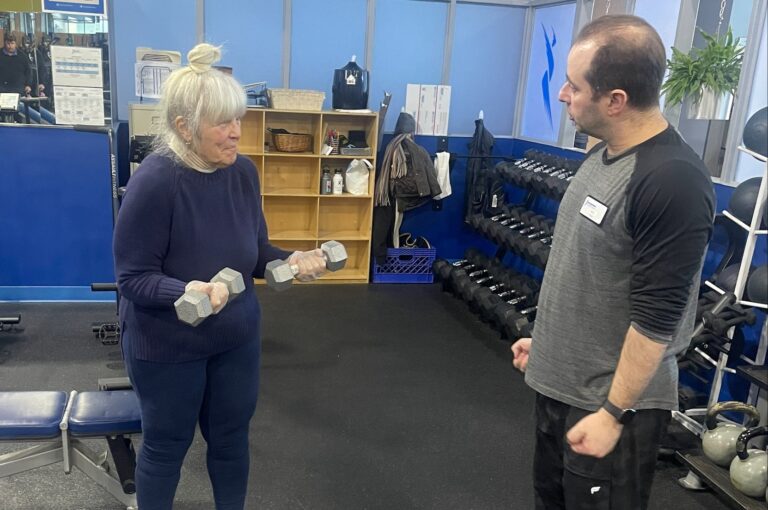By Alex Kelly
Have you tried exercising to lose weight in the past but were discouraged by endless cardio and restrictive dieting? Did you feel like even if you lost weight, you felt weaker and still retained some body fat in the end? What if there was a way to lose stubborn fat while building muscle and increasing your strength? Luckily, such a process exists. This method of weight loss is called body recomposition and it emphasizes the composition of your body- the percentages of fat, lean muscle mass, and water- rather than the number on the scale.
Why choose body recomposition? The simple answer is that most individuals want their weight to come off in the form of body fat. A reduction in body fat is not only relevant for aesthetic goals, but also for the prevention of diseases including heart disease, diabetes, and sleep apnea. However, typical weight loss dieting can sacrifice lean muscle mass in the process due to caloric restrictions and excessive cardio workouts. Body recomposition avoids this through a combination of dietary adjustments and strength training implementation to help you reach your goals.
When entering a body recomposition plan, there are a couple of important things to consider:
- You will have to adjust your perception of your “weight”. You may see little or even no change in body weight if you are using a conventional scale. Remember, if you lose 1 pound of fat but gain 1 pound of muscle, there won’t be any numerical change. However, there will be a body composition change.
- Your progress measurements will be different. Instead of a scale, it is recommended to use an InBody or bioelectrical impedance scanner if you have access to one. CLICK HERE to schedule a consultation with our nutritionists who can give you access to an InBody assessment. If not, a great way to track progress is with circumference measurements and how your clothes fit.
- Strength training will be key. This doesn’t mean to ignore cardio entirely, rather incorporate it into a well-rounded program that emphasizes 2-3 days of strength training. This will give your body the proper stimulus to promote muscle growth.
- A calorie deficit is still necessary. Since body recomposition seeks to decrease body fat, it is important to expend more calories than are consumed so that fat stores are used to make up the difference. However, drastic calorie deficits are not recommended as they can lead to lean muscle tissue breakdown. Ensure that you’re eating an adequate amount of protein to promote muscle growth, as well as healthy and whole foods to get your necessary requirements of the other macro and micronutrients.
If body recomposition sounds like just the thing for you but you don’t know where to get started, we are here to help. Eastpointe Health & Fitness is promoting body recomposition through our Body Transformation Challenge beginning September 18th. This challenge will give you all of the fitness and nutrition resources necessary for a successful body recomposition plan. If you are interested in this program, please CLICK HERE for more information!
Photo by Andres Ayrton/Pexels





